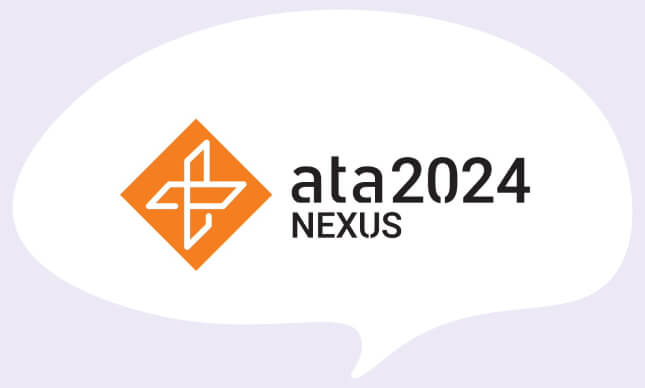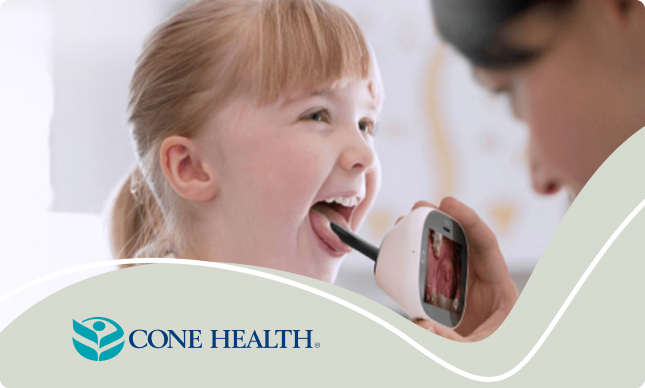Futuristic Diagnostic Tools Transforming Medicine
SANTA CLARA, California — Diagnostic tools now entering the market are altering the doctor–patient relationship and tasking people with increasing responsibility to self-monitor. Leaders of digital startups demonstrated here at the Health 2.0 Fall Conference 2015 how rapidly the practice of medicine is changing. Executives showed off devices and software that measure functions of the liver, bowel, skin, and other body parts. Software has been developed to produce a virtual liver biopsy using images from standard MRI scanners, said Mark Punyanitya, chief executive officer of MagnePath USA. The images can help physicians diagnose conditions such as nonalcoholic fatty liver disease and nonalcoholic steatohepatitis, he told Medscape Medical News. The cloud-based software is faster, more quantitative, and more objective than a radiologist using MRI to diagnose such conditions. “It increases their work flow and efficiency,” he explained. Remote Test Rivals Needle Biopsy The company is currently conducting clinical trials comparing software diagnoses with needle biopsy diagnoses. Already, there are enough data to ask the US Food and Drug Administration to consider whether the software constitutes a new device, said Punyanitya. Other technology will allow physicians to make remote diagnoses. The Tyto Care device that patients use at home registers core temperature, records sounds from the heart and lungs, and takes images or video of the mouth, skin, throat, ears, and eyes. Readings are entered into an online database, along with physicians’ notes, and are accessible to both the patient and the physician.
We’d love to see the day when every consumer has a diagnostic device at home.
“We’d love to see the day when every consumer has a diagnostic device at home,” said Jeff Cutler, chief revenue officer at Tyto Care, who demonstrated the device. A more specialized device for remote diagnosis is Opternative, which enables consumers to conduct their own refractive eye exam. Users input their shoe size, which the software uses to calculate how many foot lengths they should be from the computer screen, and patients are then asked to identify letters flashed on the screen. An ophthalmologist can use the data gleaned from the examination to write a prescription for corrective lenses, if needed. In a clinical trial, the software was 100% successful in correcting patients’ vision to 20/20, which is better than the 97% accuracy of traditional eye exams conducted in offices, said Aaron Dallek, chief executive officer of Opternative. First Derm — billed as “your online dermatologist” — allows users to submit photographs of skin conditions, typically from smartphones, and notes to a dermatologist. They receive a diagnosis within 24 hours. Novarum DX software is used to analyze results from home-based devices. Neil Polwart, chief executive officer of the company, demonstrated how the software could be used to monitor a patient with Crohn’s disease. He paired the software with the IBDoc device, created by Bühlmann, to show how a patient could measure calprotectin in a stool sample. Session moderator Pat Salber, MD, MBA, who founded The Doctor Weighs In health blog, said more research is needed to determine which circumstances lend themselves to these types of remote diagnosis. “As physicians, we’re trained to develop doctor–patient relationships,” she told Medscape Medical News. Such technology can be “very convenient,” but “I think there are people who push back, saying we will lose something with this technology,” Dr Salber said. Dr Salber has disclosed no relevant financial relationships.


